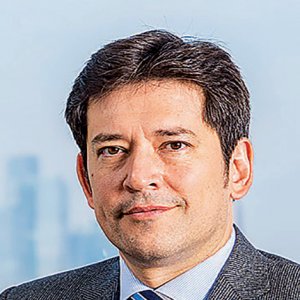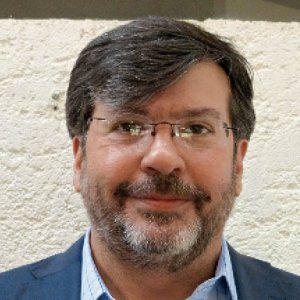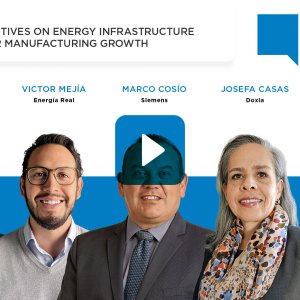Intermediary Financing to Harness Renewables

Being entrusted by the government with the task of harnessing the participation of SMEs in the renewable energy sector through financing and other forms of assistance is not an easy task. Enrique Nieto, NAFINSA’s Director of Sustainable Projects, says that there are now equity funds available for these projects, which was not the case three years ago, due to lower internal return rates than those of industrial projects. “Suddenly, interested parties started appearing, and now we have around 20 different funds looking for projects.” In order to fulfill its obligation, NAFINSA uses intermediaries to fund SMEs. “We use commercial banks, financial intermediaries, and leasing companies, among others, as distributors of resources, as we are not able to analyze small credits individually. NAFINSA uses other banks and packages of warranties and funding through different third parties instead,” explains Nieto.
Working with intermediaries entails the responsibility of selecting the right partners to make sure the resources are well spent. In order to do so, NAFINSA has implemented a risk sharing model. The bank carries out due diligence on its potential partners’ systems and procedures, including assessments on the granting of credit. Providing warranties on a portfolio basis also reduces risks, according to Nieto. However, he points out that non-banking intermediaries are more difficult to evaluate. “These intermediaries almost have to act as a bank in terms of procedure in order for us to be able to provide warranties.” NAFINSA has different products focused on small, single projects carried out through intermediaries, which are known as selective warranties and are judged on a case-by-case basis. “These are small projects with a value of up to US$40 million, although we have carried out projects that needed US$2 million or even US$10 million.” Other banks carry out the assessments and make the decision to take the risk and share it with NAFINSA. Banks then apply for NAFINSA’s warranty, and the development bank conducts a secondary evaluation. If the project is approved, NAFINSA agrees to take on up to half the credit risk.
Nieto recalls that the first wind project in Oaxaca was established by development banks exclusively. The situation has changed over time and now private banks are becoming increasingly involved in this sector. Commercial banks are getting more comfortable with taking the risks on projects with experienced developers and promising off-takers, a road that NAFINSA paved several years ago. This kind of competition does not raise any red flags for Nieto, as he believes that his bank’s role is not just to facilitate the entry of other financing institutions, but also to promote business generation.
NAFINSA, says Nieto, currently has a positive working relationship with commercial banks when it comes to financing renewable energy projects. “We started off with single off-takers, and then we began working with multiple off-takers. Now we are starting with lower tier companies on smaller contracts, but these pay higher tariffs, which allow for a different kind of project evaluation,” Nieto comments. He is sure that NAFINSA will eventually own a risk portfolio similar to the one the bank has with SMEs.
Nonetheless, Nieto claims NAFINSA is well-capitalized at the moment. “It is not a matter of how much capital NAFINSA has available; the bank has to be ready to finance projects at any given moment, since NAFINSA has to fund itself, which entails long-term difficulties. Therefore, the development bank tends to finance itself through multilateral organizations, as Nieto explains: “We can ask the IDB or the World Bank for money that we will subsequently lend.”
NAFINSA will be carrying out projects to enhance the market, such as bond markets, or taking portfolio risks in order to support the foreign banks that are willing to enter the country. Nieto claims these institutions trust NAFINSA and feel comfortable lending their resources due to the fact that a government development bank is involved in the projects. As a way to lure them to Mexico, NAFINSA provides funding in order to provide a peso denominated deal. Nieto says this is rather difficult to manage, but NAFINSA has found novel ways to implement this technique. It can be done by either funding the project with the bank’s guarantee, which takes on the risk while NAFINSA provides the financing, or by funding the bank, which consequently finances the project.
As time goes by, NAFINSA becomes more experienced in financing renewable energy projects. “It took us several months to evaluate ways of managing the first projects. Now, the process takes little time,” says Nieto. He claims that due diligence and authorization currently takes no longer than three months for clients with structured plans. Financing institutions like NAFINSA are still learning how to manage this sector, as Nieto explains, “Lending the money is just one part. There is an ongoing operation that needs to be mapped and replicated, resulting in an internal educational process.”



















